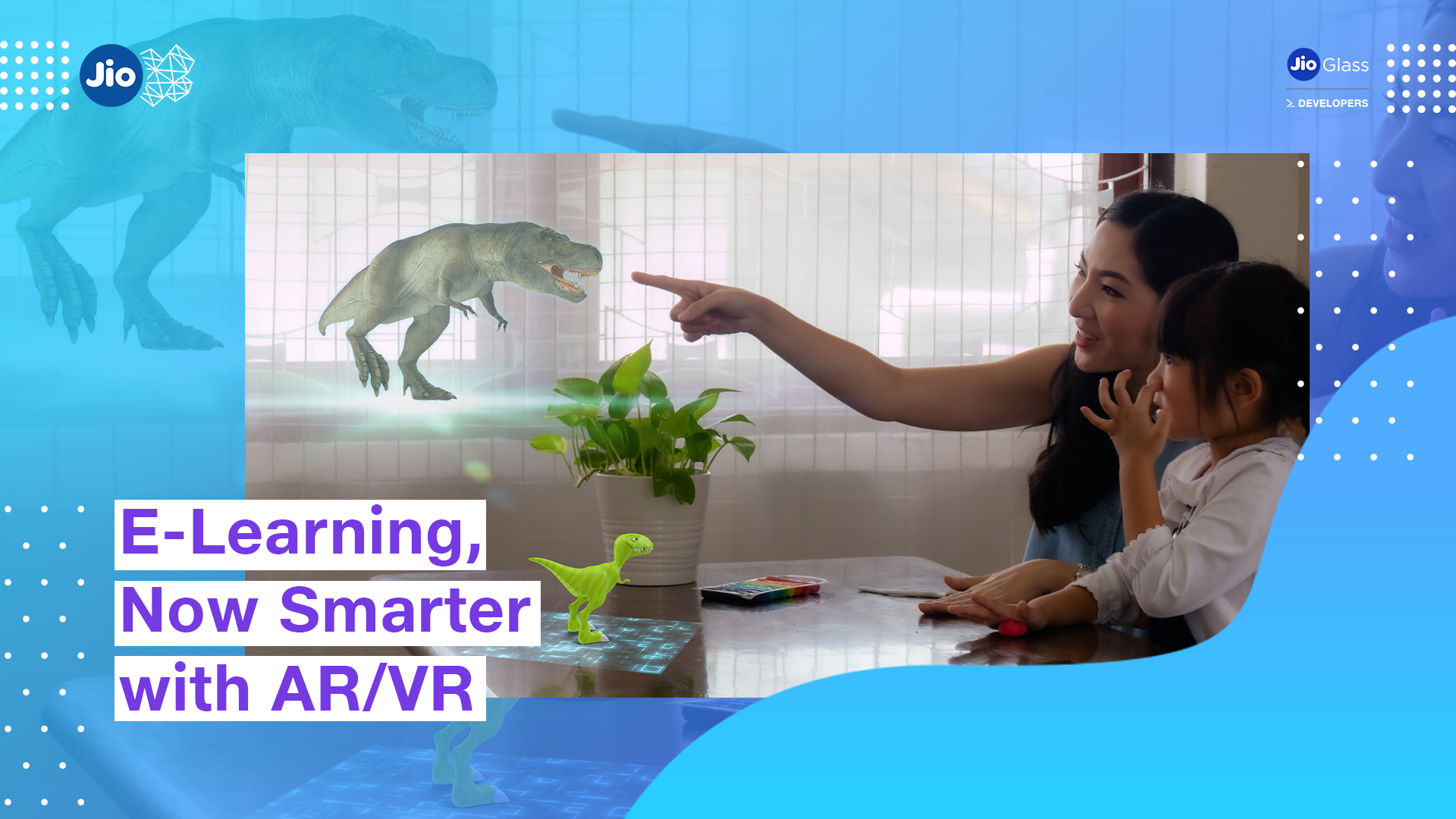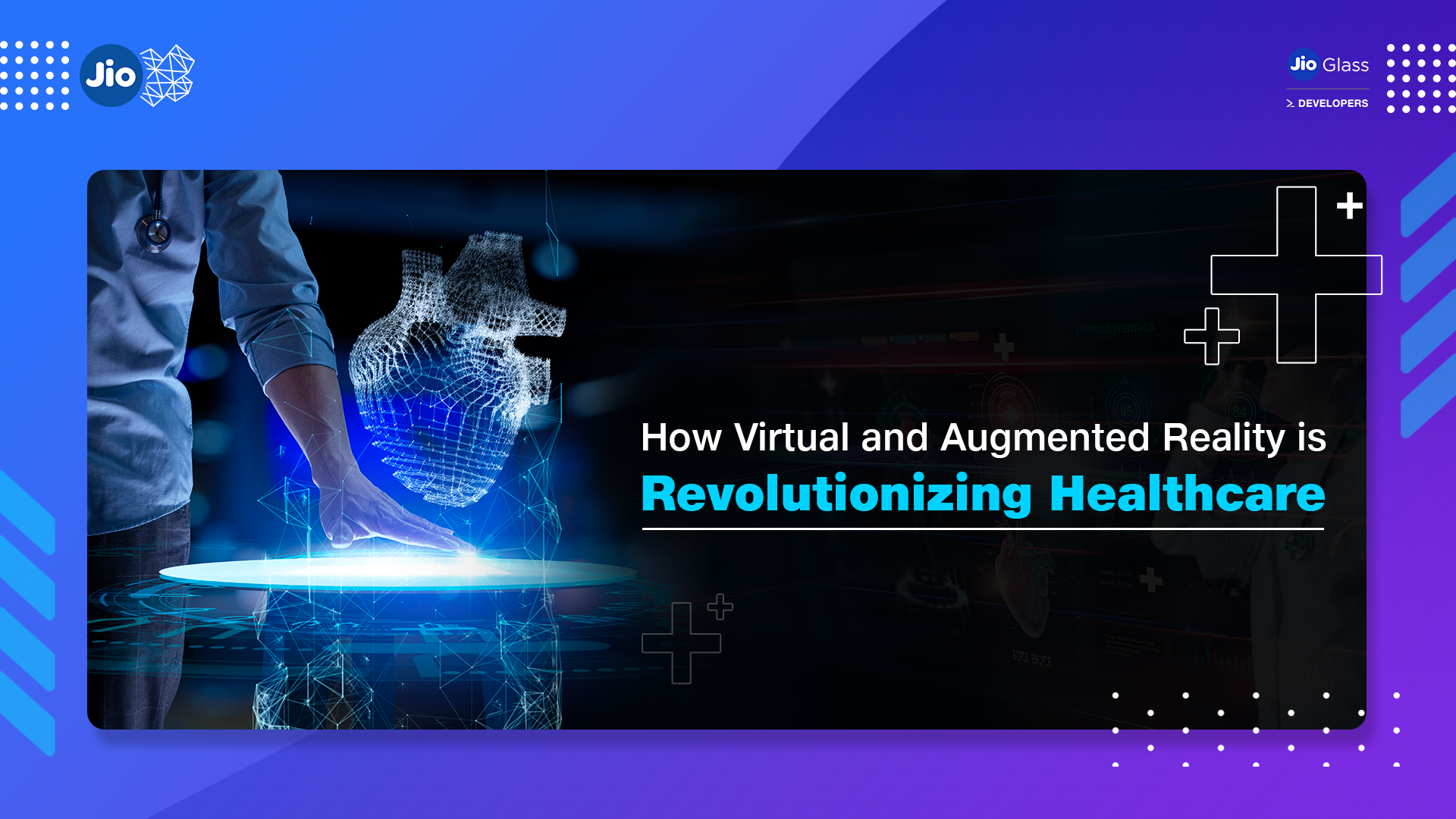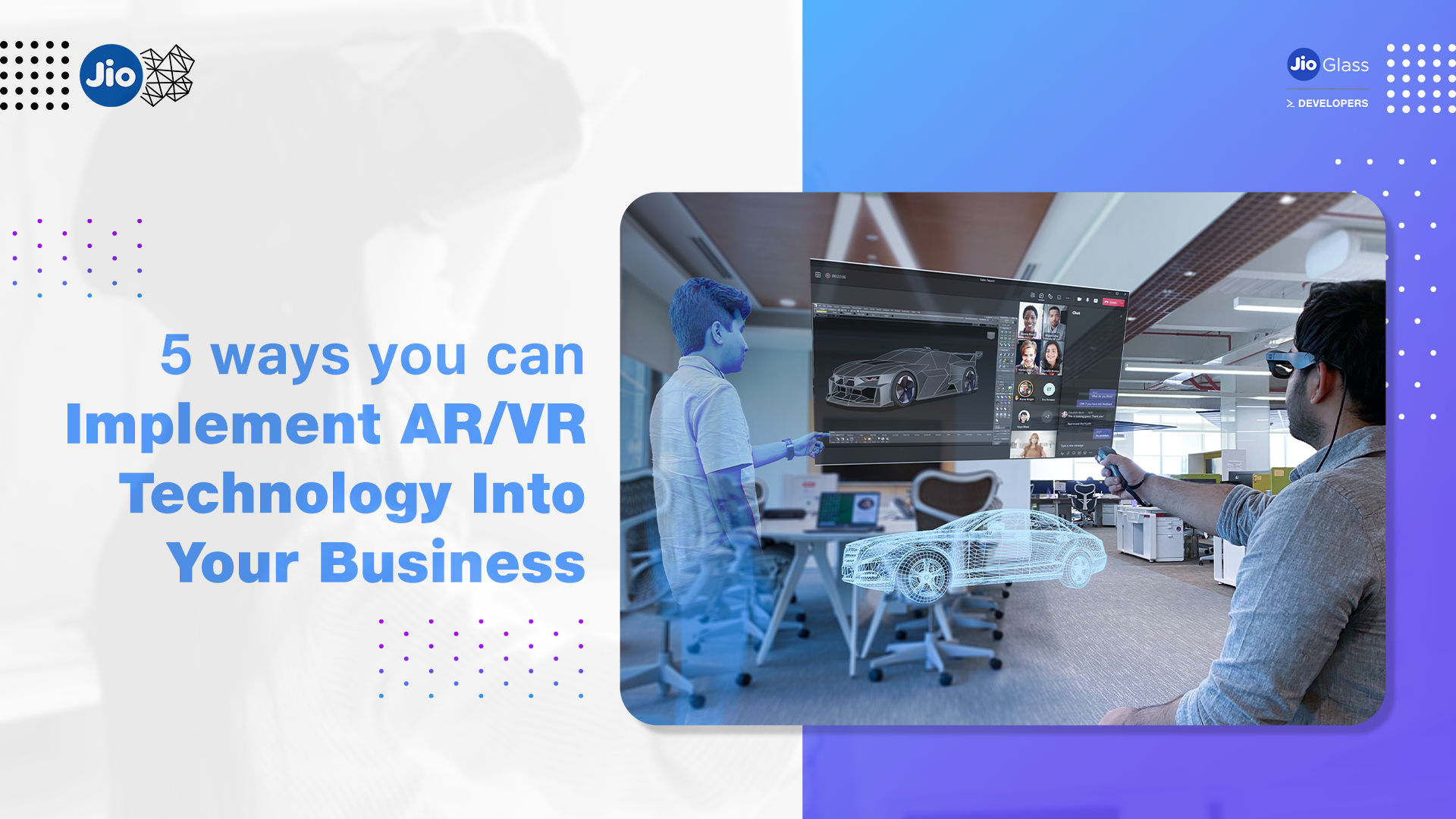E-Learning, Now Smarter with AR/VR

E-Learning, Now Smarter with AR/VR
The conventional method of education has shifted from textbooks to practical, engaging, and creative learning. What has led to this smart transformation?
Let us explore the role of AR and VR in making e-learning smarter and student-friendly.
What started as video-based e-learning has expanded into immersive, educational experience for students in all sectors. Owing to the Covid pandemic, e-learning and distance education has been adopted vastly since the past 2 years. Even colleges are recognizing many online degrees as authentic as full-time offline degrees. Different types of corporate training are now conducted remotely.
Many startups and big corporations took advantage of this shift and delved into the AR/VR market and created advanced alternatives to traditional e-learning platforms. This new-age technology lays the groundwork for a whole Ed-tech reform that provides advanced solutions to normal online learning limitations.
Benefits of AR/VR in the education sector are: .png?width=1920&name=education%20(1).png)
- Holistic Approach
If you are a 90s kid, you already remember learning theory through textbooks where you would memorize sentences without fully understanding the gravitas of the subjects. But with AR/VR learning, applications now allow students to interact with information in real-time and it is an active learning process. This hands-on experience can lead to enhanced memory of the subjects, strengthens retention, increases the understanding level, and is intellectually stimulating. The holistic approach makes kids learn faster and adapt quicker. - Safe environment
Theory aside, practical experiences can make kids learn faster and grasp the information at hand. But not all experiences are safe, like a hike to Mt. Everest or a volcano. AR/VR can help a user experience unique events in a safe simulation.
For example, if a kid wants to learn about the constellation, AR/VR simulation of the Milky Way with a rocket ride can change the learning journey. To make it a complete package, the kids can also be taught how a rocket is built or the physics of what makes a rocket fly in space. AR/VR education can make an entire generation interested in rocket science, military, art, and politics. - Corporate Soft Skills Development
A PwC research says, how corporate employees can learn 4 times faster through VR courses than regular soft skills training.
All big corporates offer training in soft skills to their employees, time management, innovative & critical thoughts, problem solving, creative hypothesis team building, etc. VR learners are known to implement their training more effectively as compared to traditional courses. VR learners were upto 275% more confident about what they had learnt in comparison to a 40% improved confidence in classroom and 35% in regular e-learning training.
Top AR/VR Educational Apps in the Market
Zscape: It is an impact-learning app for kids to learn science, maths, CTE programs, etc. The app provides high-capacity performance for gamers and creators too. Over 2500 organizations already use this app for college and career education.
PopMaths: PopMaths is a new mathematics game app where there are balloons that users must pop. Each balloon is the answer to mathematics problems like addition, multiplication, etc. The difficulty level rises to keep it interesting and engaging.
Nearpod: It is a Virtual Reality Classroom that allows a user to travel different places and study about them including monuments, historical sites, college tours, and more. There are 450+ ready-to-run VR lessons available already.
.jpg?width=1920&name=1-(3).jpg)
FotonVR: This VR education app is built for children from class 8 to 10. They can learn multiple subjects in an immersive way and the content is in accordance with NCERT and CBSE syllabus.
Discovery VR: Discovery VR is an app that allows users to explore the world. The app features a collection of documentaries, but from the first-person perspective. This is what gives users a unique VR experience. Some of the experiences also come with narration to help you on your journey. From swimming with sharks to climbing mountains in Nepal, this app is sure to satisfy any documentary buff.
Arility: This augmented reality app which teaches about safety issues in 360 visual model and sound effects. It helps students take safe measures and smart decisions in difficult situations.
Future of AR/VR in the Education Sector
AR and VR uses cases are rising as the technology becomes more advanced. Even though there are limitations to the execution like deployment of the devices and training the technology to teachers, the awareness and benefits are making it inevitable. Many startups in education are adopting it in the e-learning platform. According to a comprehensive research report by Market Research Future (MRFR), “AR and VR in Education Market Analysis by Offering, Deployment Model, Devices - Forecast 2027” valuation is poised to grow at 18.2% CAGR throughout the forecast period.
The future of AR in Education Sector is slated to accelerate at a colossal CAGR of 80% to top $85 Billion by 2031. Demand for AR in highschool is set to increase at a CAGR of 75% across the assessment period of 2021 to 2031. VR is very cost-effective, making it popular in education industry. Research in VR training with PwC, shows that greater the number of learners using VR training in a corporate training environment, the more cost-effective it was. At 375 learners, VR achieved cost parity in a classroom, and at 1950 learners in an e-learning setting.
Developers across the world are building ed-tech apps to make learning and training more engaging and immersive. We can expect the tech-generation to fully adapt AR/VR, and soon smartphones and tablets will be replaced with MR devices. If you are a developer interested in building AR/VR applications, join the JioGlass Developer Network. Register Now!

